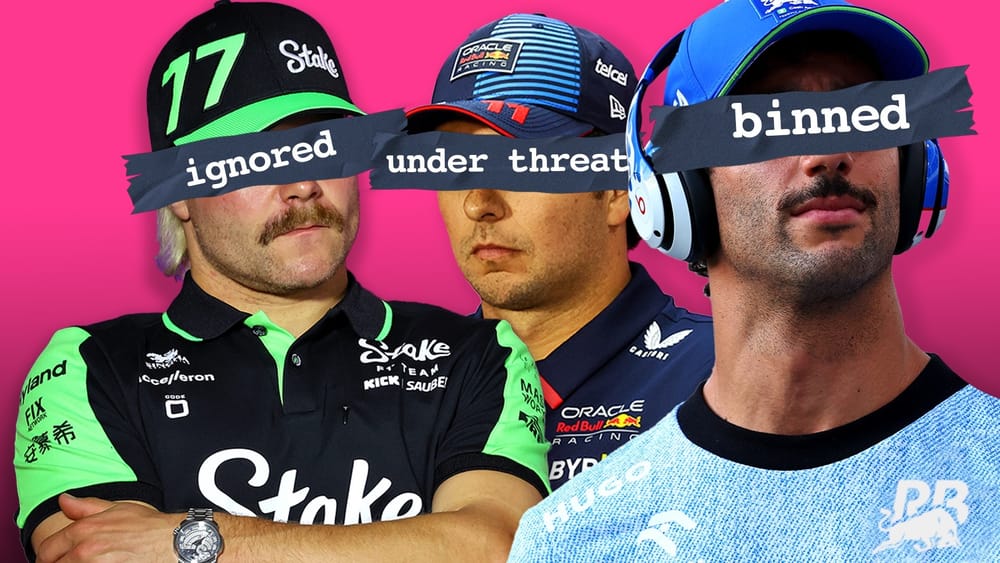Up Next

Daniel Ricciardo? Out. Valtteri Bottas? Out. Kevin Magnussen? Out. Zhou Guanyu? Out. Logan Sargeant? Out. Sergio Perez? Increasingly likely to be out.
After an unprecedented period of grid stability with zero changes in the winter of 2023-24, Formula 1 is undergoing a ruthless driver clear-out with five (maybe six) of the 20 drivers who started 2024’s season-opener falling off the grid nine months later.
So what’s behind this driver sea change? Scott Mitchell-Malm and Ben Anderson discussed exactly that in a recent video on The Race’s YouTube channel.
A massive storm of factors
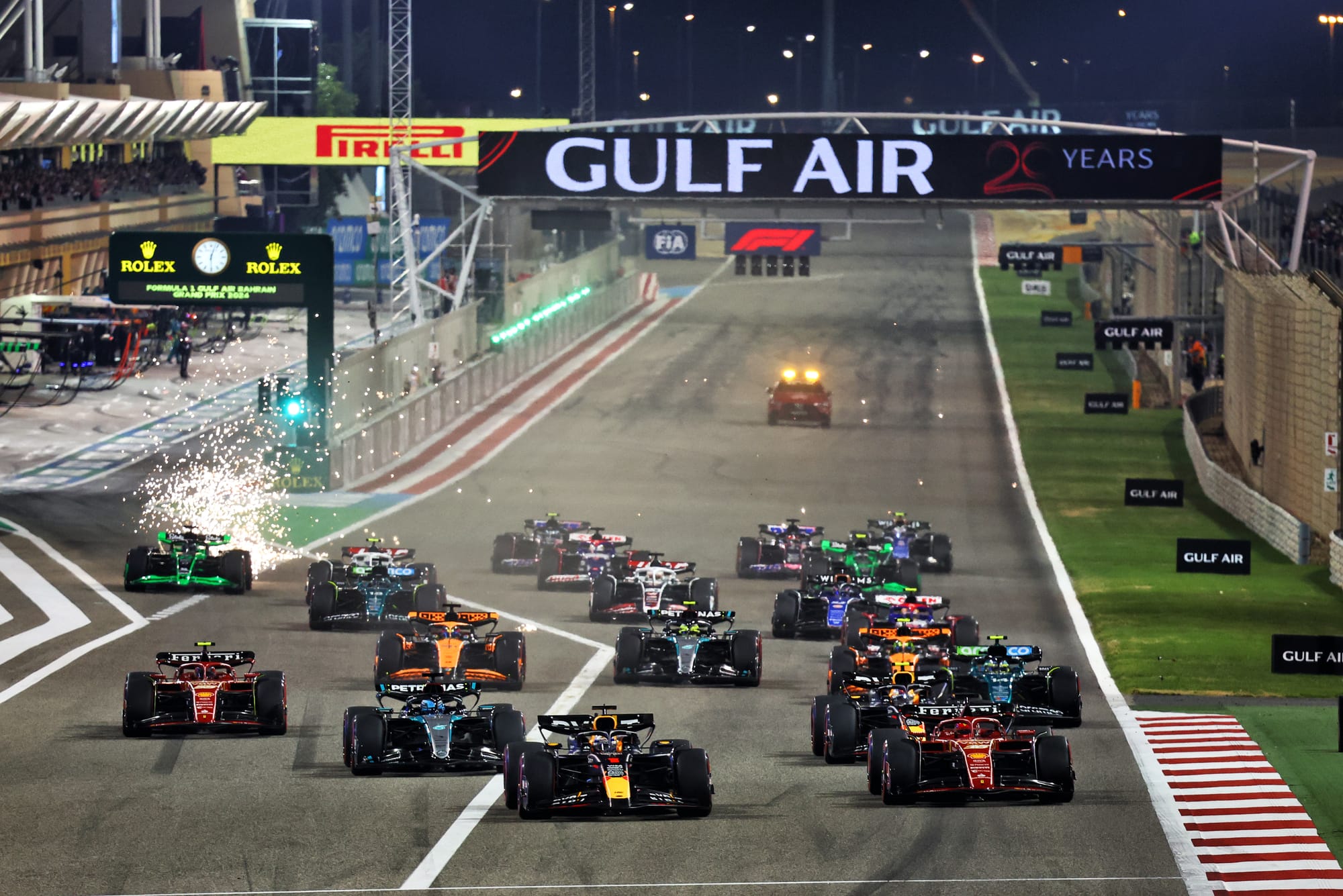
The F1 grid remaining the same from Abu Dhabi 2023 to Bahrain 2024 partly contributed to the huge driver turnover as it meant multiple drivers in the final year of their contract in 2024 versus 2023 when more drivers were in the middle of multiple-year deals.
The jeopardy for certain drivers in their ‘contract [expiry] year’ was heightened by a particularly strong crop of junior F1 drivers that expanded in number as the year went on. And of course, one big curveball that nobody sees coming ripples through the entire market.
“You’ve got the pressure from below with at least two drivers in Ollie Bearman and Kimi Antonelli making really strong cases internally at their respective backers to get an F1 seat sooner rather than later, plus a couple of other drivers who have broken through with Jack Doohan, Franco Colapinto, Gabriel Bortoleto,” Mitchell-Malm said.
“They come into the picture as the year goes on and just some good old-fashioned unexpected curveballs like Lewis Hamilton’s move to Ferrari which nobody sees coming and then has a big knock-on effect because it immediately puts one driver out of work in Carlos Sainz.
“It has this ripple through the grid where places become available or not available. A massive storm of factors coming together for what has been a crazy driver market and sets up for a really intriguing 2025 with so many new faces in new places.”
Young driver surge
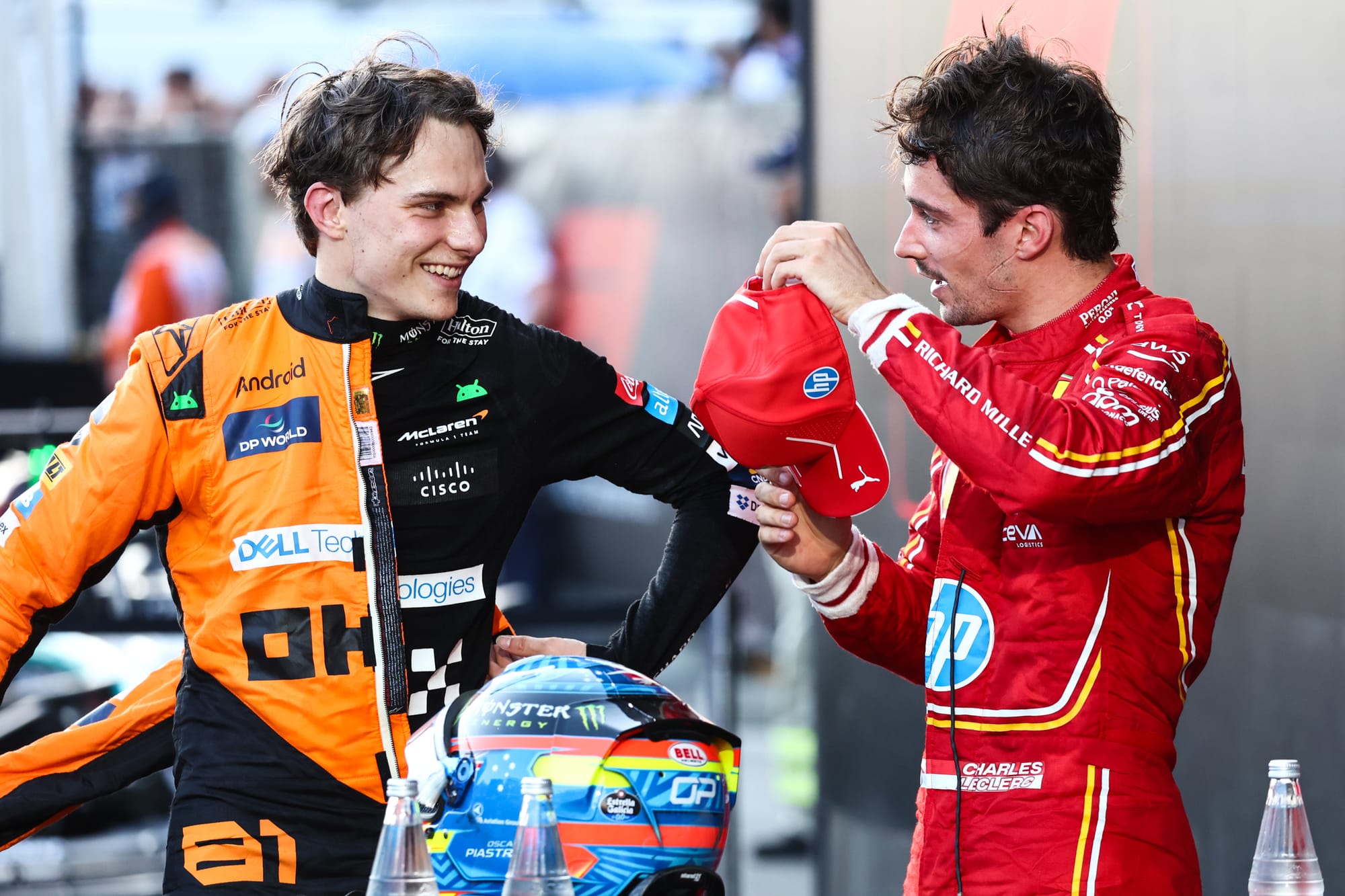
While Anderson pointed out that not every team has gone for youth with Ferrari making a big money move to secure a driver in Hamilton who will be 40 in 2025 and Aston Martin recommitting to 43-year-old Fernando Alonso as its team leader, there’s been a real pivot towards young drivers from most other teams.
“We’ve spent so long in periods of F1 thinking ‘this guy is clogging up a seat’. F1 teams are inherently conservative, they like to go for experience usually,” Anderson said.
“But suddenly there’s this massive push for youth.”
So why is there renewed faith in young drivers?
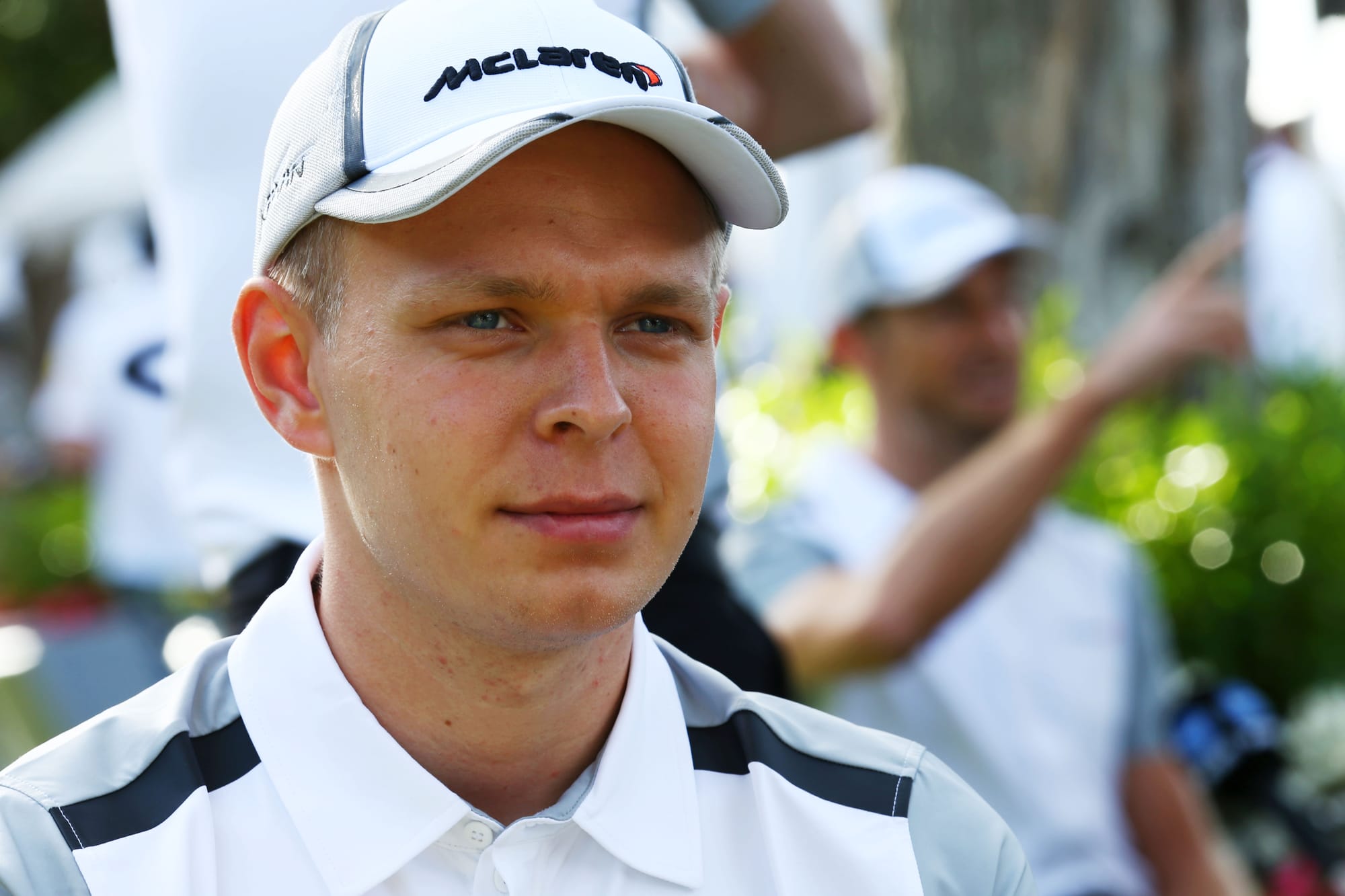
Mitchell-Malm highlighted that both McLaren, in picking rookies Kevin Magnussen (2014), Stoffel Vandoorne (2017), Lando Norris (2019), Oscar Piastri (2023), and Ferrari, in promoting Charles Leclerc (2019) after a single year in Sauber, had given youth a chance prior to 2024’s seemingly sudden youth surge.
“So there has been a little bit of a trend before 2024, and I think part of that is because young drivers are more prepared and more talented than they’ve ever been,” Mitchell-Malm said.
“That’s something you trend towards, I think, across all sports. It will inevitably happen as drivers get more prepared, get more opportunities. Some of these young drivers, even in Formula 3, are doing a lot of simulator work for F1 teams. Teams are getting an eye on them a lot sooner. That is probably a factor.
“Then you’ve also got doubts about older drivers and this changing of the guard happens when teams try to work out when the clear-out needs to take place.
“Sometimes that’s just on the horizon like Hamilton with Mercedes or Red Bull finds itself in a situation where the temporary solution Perez has ended up as more of a permanent solution than the team ever intended.
“Then Bottas, Ricciardo, Magnussen, have different levels of performance between them but are all broadly in the same boat. That’s when you have to weigh up: ‘are our young drivers ready? And is it now going to be less of a risk to put them in place of the older experienced head?’”
The Bearman domino
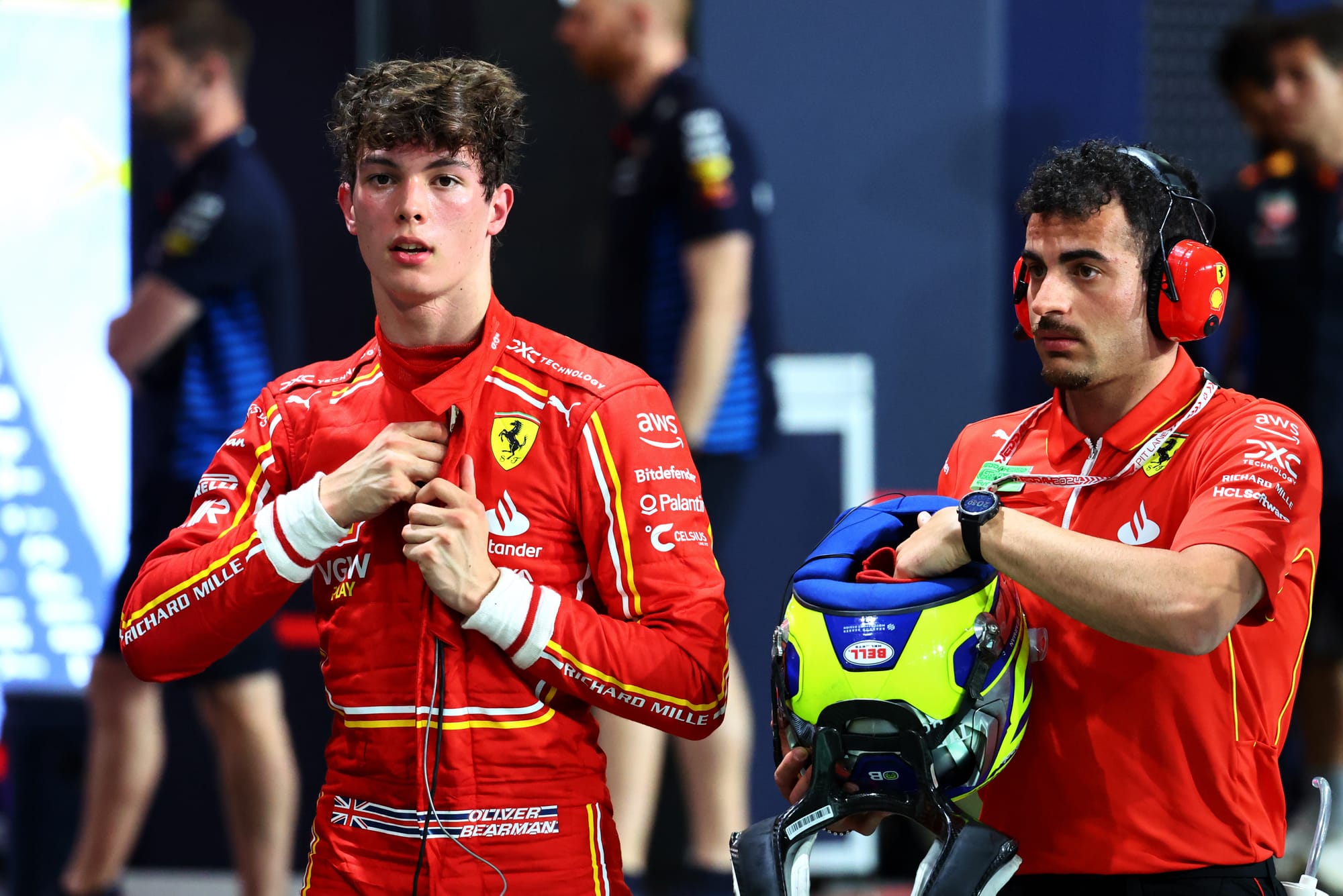
Anderson traces it back to Ollie Bearman’s superb stand-in appearance for Ferrari in Jeddah, which reminded other teams about the value of gambling on youth.
“It feels like there’s been a domino effect,” Anderson pondered.
“Antonelli is almost a separate case, he’s unique in terms of what’s going on at Mercedes. But Bearman has had these unexpected auditions at Ferrari and then Haas, he’s done so well - which Ferrari probably expected but nevertheless it’s shown everyone in F1 and the world that he can do it.
“It seems to have created a domino effect, where other teams have gone ‘Well, if this guy, who is having a really below average season in F2, can turn up in F1 and look stunning,l maybe we should be looking at our guys or the guys who are coming up in other teams’ junior academies’ and taking a punt on them.
“If there’s a young guy who you’ve got faith in, it’s a no-brainer to put them in over the old experienced guy who is coming to the end of their career.
“You just don’t know if the young guy can cut it until they’re given a chance. Bearman has given everyone a frame of reference they probably didn’t expect.”
Mitchell-Malm agreed, believing Bearman’s shown it’s no longer as much of a punt or risk to go with a young driver as it was in F1 previously.
“You put Bearman in a Ferrari at the last minute at a track like Jeddah. Yeah he doesn’t make Q3 but gets into the points and runs strongly. If Ferrari somehow pulls it out of the bag and comes back at McLaren at the end of the season, who knows if that handful of points that Bearman scored in Jeddah could be critical to Ferrari winning a championship?” Mitchell-Malm said.
“That sort of thing is just proof that these drivers actually can [get the job done]. They’re so well prepared, they’ve got so much ability, they’ve got such the right attitude, it isn’t actually a risk to put them in.
“There is then a knock-on effect, you’ve put so much investment in these drivers with F2 programmes or F1 test outings, simulator work etc.
“At some point, you want a return on that investment.”
Bearman’s clearly impressive F1 stand-in appearances also “take away the question marks” such as the reliability, race format and the equality of the machinery that make reading into F2 results difficult.
Where Hamilton-Mercedes fit in
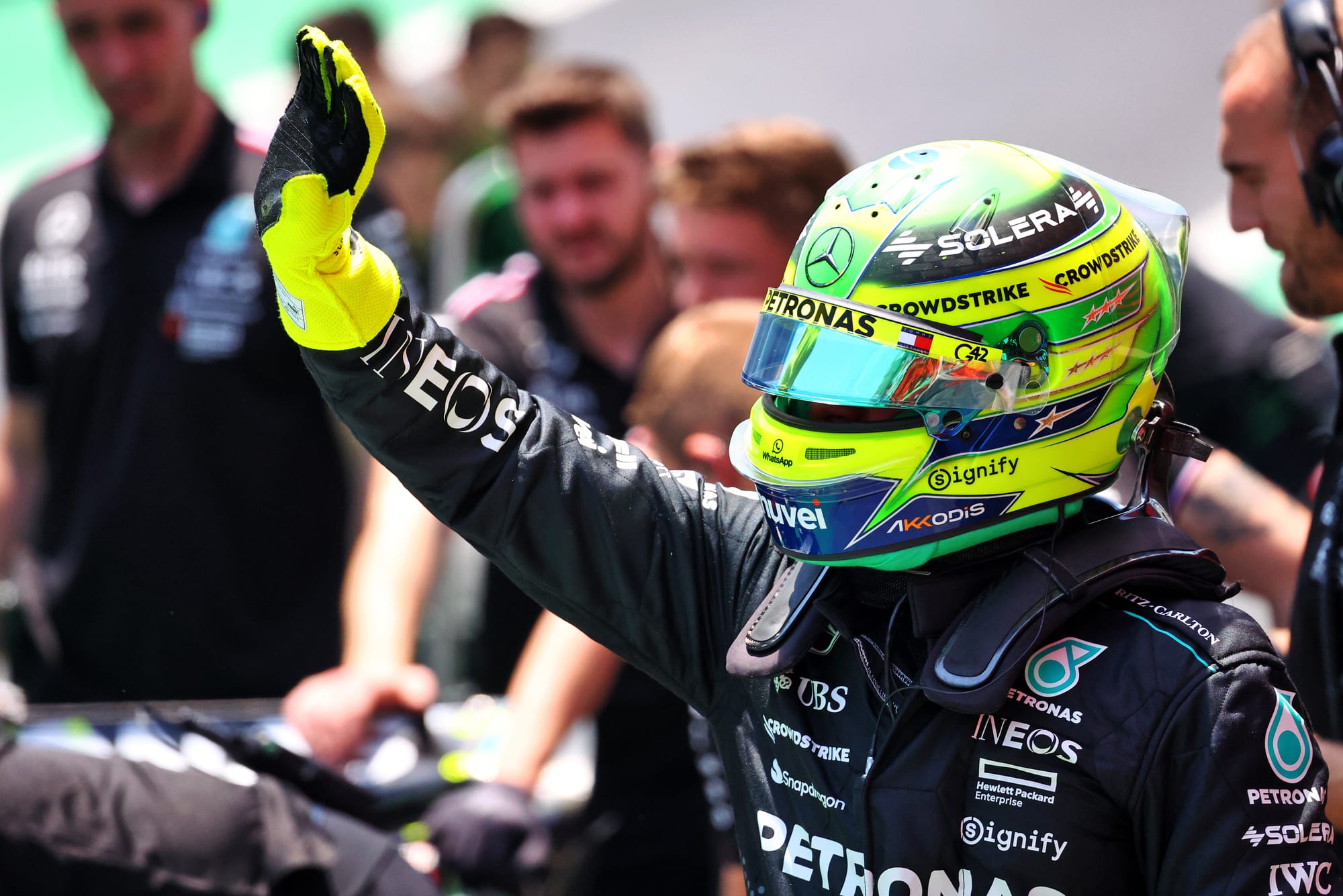
Hamilton wasn’t ruthlessly cleared out of Mercedes. But as admissions from team boss Toto Wolff in recently-published new book Inside Mercedes F1 revealed, Mercedes was considering Hamilton’s own “shelf-life” before Hamilton decided to leave for Ferrari.
“Mercedes was right to be thinking this way because there’s a point where you have to work out an awkward transition period between a driver not being the absolute nailed-on 100% performer that they were before, and maybe you have a young driver who could step in and do almost as good a job,” Mitchell-Malm said.
“That’s the point, they don’t need to step in straight away and be an upgrade, it’s just at what point is the cost at the lowest? If they step in and do a better job immediately, then that’s basically a bonus. But you’re looking for the most painless transition possible.
“I don’t think it’s ridiculous to suggest Hamilton is past his peak, partly because the peak was so incredibly high, you can still be past that peak and still be one of the best drivers on the grid. Maybe the best driver on the grid - if everyone was in equal machinery, we’d have a clearer answer.
“There are too many variables in this season to be 100% sure where Hamilton’s ability still is because there are clearly still problems within Mercedes with that car. It’s probably the hardest car on the grid, in terms of its unpredictability, to actually judge what the drivers are doing. Hamilton and George Russell are too good to be making the number of errors that they’ve made and have the weird inconsistency in qualifying.
“There is a specific issue qualifying-wise on Hamilton’s side, but again, how much of that is exacerbated by the car, how much is that an actual incompatibility with these cars, these rules, these tyres?
“That may be replicated when he gets in a Ferrari or will be solved by another car. And how much of it is also Lewis checking out a little bit because Mercedes haven’t got it together because he’s in his final year, because he’s got an eye on 2025?
“It’s not a free pass by any means but it’s hard to get that firm answer. What Wolff has said in the book is blunt but it does get to the crux of the matter: sooner or later they were going to have to move towards Antonelli.
“This has kind of made it easy for them because Lewis is the one who has made the decision.”
An unjust clear-out?
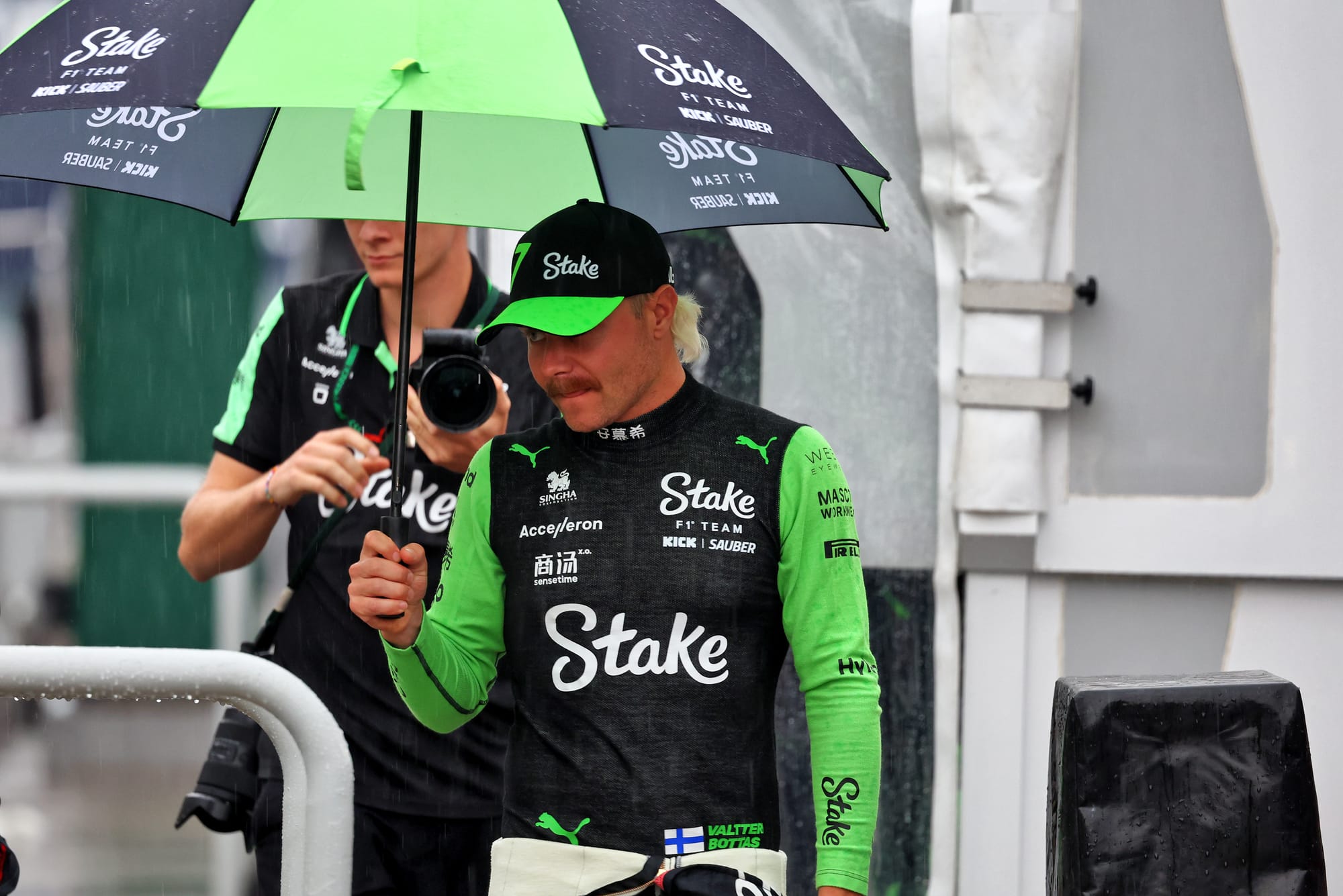
It may be a brutal turnover but is there actually any injustice amongst the victims of the clear-out?
“With Bottas, I always have sympathy for a driver who still seems to be performing well but has an absolute shed of a car,” Mitchell-Malm said.
“Bottas doesn’t deserve to be 23rd in a 20-driver championship. So I do have some sympathy but where I don’t have sympathy is that he's had a very good grand prix career, won multiple races, and had chances to win world championships when he was alongside Hamilton.
“With the rest, it’s all an element of ‘do a better job and you’d have stuck around’.
“It’s the fourth time Magnussen has lost his seat, there’s a reason that keeps happening. Sargeant didn’t see out the season for the same reason. Zhou Guanyu has had three years at Sauber and hasn’t proven he deserves more than that.
“Ricciardo was fine but no more than fine and Red Bull needed more than fine because he was meant to be a back-up for Perez who was meant to be a temporary solution in the first place and that just hasn’t worked.
“It’s the same with Perez at Red Bull: you can’t have too much sympathy for someone who has stuck around for a really long time, got a great opportunity and ultimately hasn’t made the most of it.
“Especially when you don’t have the weight of career success on your side to earn that second chance or your reprieve.
“It’s one of the reasons why people have probably been a bit kind to Hamilton this season because he has the weight of his entire career proving that actually this can be treated as the anomaly. It’s not a guarantee that he’s past it or washed or whatever because of all that came before it.
“These other drivers don’t have that same body of work in their favour.”

